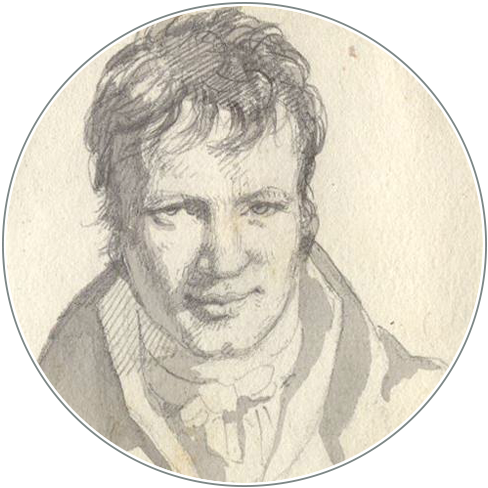La recepción humboldtiana de Cristóbal Colón
DOI:
https://doi.org/10.18443/187Keywords:
Crístobal Colón, Examen critique, Kolumbus, Relation historique, RezeptionAbstract
Abstract
This article explores Alexander von Humboldt’s reception of Christopher Columbus as a historical figure, mainly in his Relation historique and in his Examen critique. First of all, it explores what Humboldt’s biographers have referred to as a “zweiter Kolumbus” (a second Columbus). It then proceeds to trace the history of a “poetic imagination” and a “mythical geography” attributed by Humboldt to Christopher Columbus.
Resumen
Este artículo explora la recepción realizada por Alexander von Humboldt de la figura de Cristóbal Colón, principalmente en su Relation historique y en su Examen critique. En primer lugar, el artículo explora lo que los biógrafos de Humboldt han llamado “ein zweiter Kolumbus” (un segundo Colón). En segundo lugar, se traza la historia de la edificación humboldtianna de una “imaginación poética” y de una “geografía mítica” atribuidas por Humboldt a Cristóbal Colón.
Résumé
Cet article explore la réception réalisée par Alexander von Humboldt de la figure de Christophe Colomb, principalement dans sa Relation historique et dans son Examen critique. En premier lieu, il explore ce que les biographes de Humboldt ont appelé “ein zweiter Kolumbus” (un deuxième Colomb). En deuxième lieu, il trace l’histoire d’une “imagination poétique” et d’une “géographie mythique”, attribuées par Humboldt à Christophe Colomb.
How to Cite
Issue
Section
License
Copyright (c) 2014 Alejandro Cheirif Wolosky

This work is licensed under a Creative Commons Attribution-NonCommercial 4.0 International License.
HiN operates under a Creative Commons-Licence (CC BY-NC 4.0), which permits the reproduction of articles, free of charge, for non-commercial use only and with the appropriate citation information. All authors publishing with HiN accept these terms of publication.
Authors retain the copyright for their articles and reviews. Copyright of the layout and design of HiN articles remains with the journal and cannot be used in other publications.










